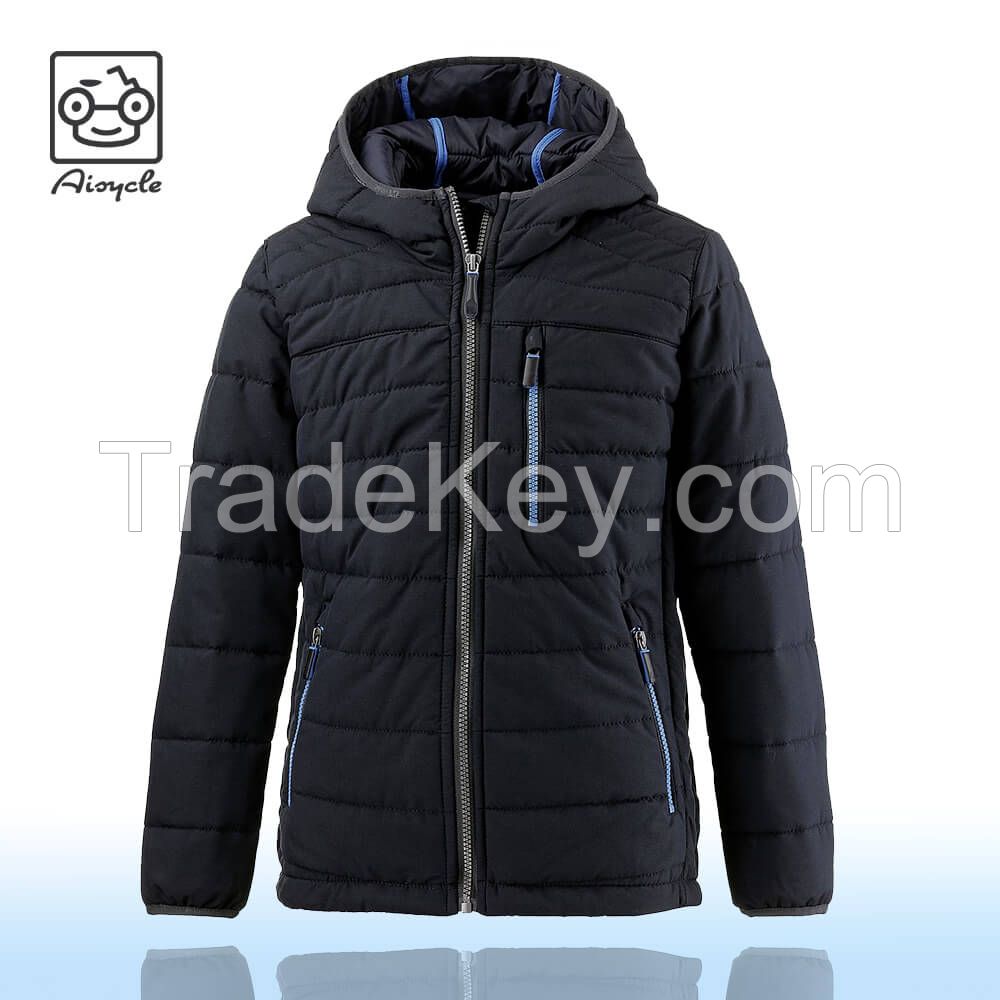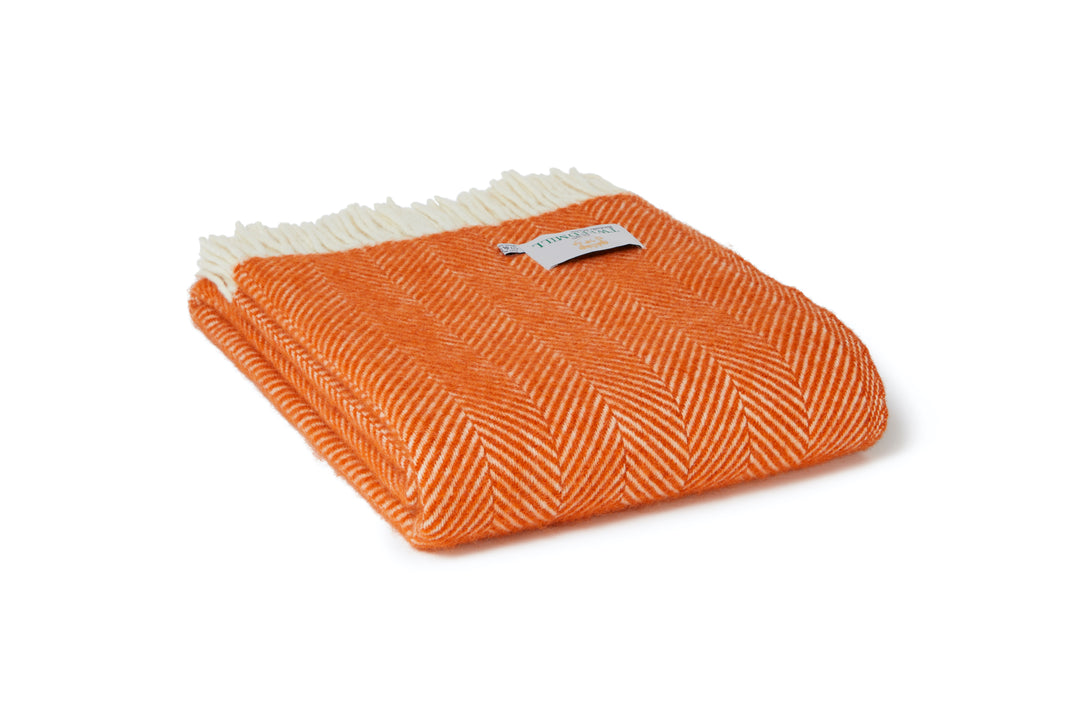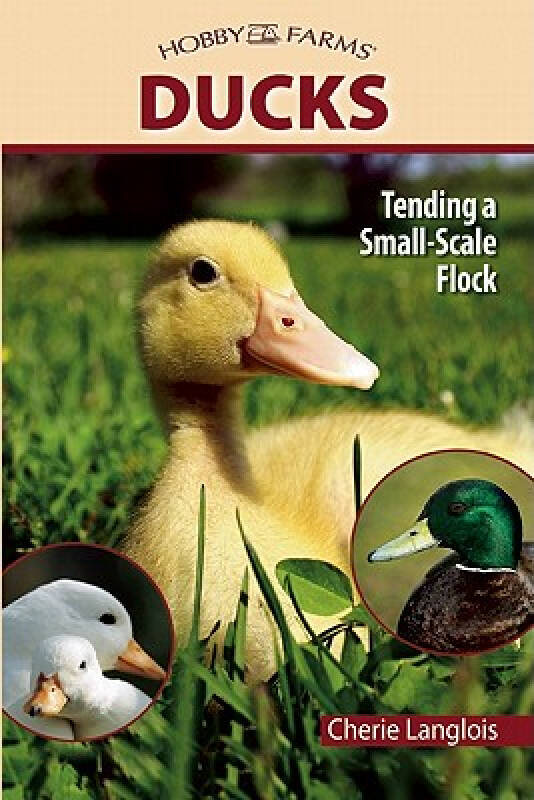Title: A Comparative Analysis of Down and Silk Quilts: Which One is Better?
Down and silk quilts are two popular options for bedding, but which one is better? This article compares the advantages and disadvantages of down and silk quilts. Down quilts are lightweight, warm and hypoallergenic. They also have a longer lifespan than silk quilts. However, they can be more expensive and require regular maintenance to keep them clean and dry. Silk quilts are luxurious, smooth and soft to the touch. They also have natural insulation properties that help regulate sleep temperature. However, they are not as durable as down quilts and can attract allergens. Additionally, silk quilts can be more expensive than down quilts. Ultimately, the choice between a down or silk quilt depends on personal preferences and needs. Those who prefer lightweight, affordable and easy-to-maintain bedding may choose a down quilt, while those seeking luxury and natural insulation may opt for a silk quilt.
In the world of bedding, two types of quilts stand out for their exceptional warmth, comfort, and durability – down and silk quilts. Both options have their distinct advantages and disadvantages, making it difficult for consumers to make a choice. This article aims to provide a comprehensive comparison of down and silk quilts, highlighting their key features, benefits, and drawbacks. By the end of this article, you will have a better understanding of which type of quilt suits your needs and preferences.
Introduction
Quilts are an essential component of any comfortable and cozy bed. They not only keep you warm but also add texture, color, and style to your sleeping space. Two popular types of quilts that have been in use for centuries are down and silk quilts. While both materials have their unique features, they share some similarities as well. In this article, we will compare down and silk quilts based on factors such as temperature regulation, moisture management, breathability, hypoallergenicity, durability, and price.

Temperature Regulation
One of the primary reasons why people choose down or silk quilts is their ability to regulate body temperature. Down quilts are known for their high fill power, which means they can retain heat more efficiently than other types of fillings. As a result, a down quilt provides excellent warmth during cold weather, making it an ideal choice for winter nights. On the other hand, silk quilts are renowned for their breathability and moisture-wicking properties. They absorb moisture from the body and release it through the quilt's surface, keeping the sleeper cool and dry during hot summer nights. Therefore, if you live in a region with extreme temperatures throughout the year, you may want to consider a quilt that can balance both warmth and coolness.
Moisture Management
Another important factor to consider when choosing between down and silk quilts is their ability to manage moisture. Due to their natural water-repellent properties, down quilts are less prone to moisture absorption and buildup compared to silk quilts. However, if the down quilt is made with syntheticfills or has undergone treatments like washing or drying, it may lose its water-repellent properties. In contrast, silk quilts require more maintenance to maintain their moisture management properties due to their delicate nature. They should be washed carefully using mild detergents and dried in a cool setting to prevent shrinking or damage. If you prefer a quilt that requires minimal maintenance and can withstand moisture without issues, silk may be the better option.
Breathability

While down and silk quilts differ in their heat retention and moisture management properties, they share some similarities when it comes to breathability. Both materials allow air circulation around the body, ensuring that sweat can evaporate freely and keeping the sleeper cool and fresh. However, silk quilts may be slightly less breathable than down because of their denser texture. This dense texture can trap heat inside the quilt, leading to overheating during hot weather. On the other hand, down quilts are more breathable than silk because they allow air to flow through the filling more easily. If you value breathability above all else, a down quilt might be the better option for you.
Hypoallergenicity
Some people may experience allergic reactions to certain fabrics or materials used in bedding. Down and silk are both hypoallergenic materials, meaning they are less likely to cause allergies in sensitive individuals. However, some people may still be allergic to down or silk products despite their hypoallergenic properties. To reduce the risk of allergies, it is recommended to choose a down or silk quilt made from high-quality materials that have undergone rigorous testing and certification processes. Additionally, you can opt for hypoallergenic down or silk products that have received certification from reputable organizations like UL or OEKO-TEX.
Durability
Both down and silk quilts are durable materials that can withstand regular use over time. However, there are some differences in their lifespan depending on how they are cared for and maintained. Down quilts tend to last longer than silk ones because they can withstand more wear and tear without losing their insulation properties. However, if a down quilt is not properly cared for or stored (for example, compressed or exposed to high humidity), it may lose its fill power or develop stains or leaks. Silk quilts require more attention to detail when it comes to care because they are delicate materials that can quickly become damaged if mishandled. To extend the life of your quilt and ensure it remains comfortable and functional for years to come, follow proper care instructions provided by the manufacturer.

Price
Finally, one of the most significant differences between down and silk quilts is their price point. Down products tend to be more expensive than those made from synthetic fibers like polyester or microfiber. This is because down is a luxury material that requires more resources to produce and maintain its quality. On the other hand, silk products are generally less expensive than down ones due to their lower production costs and wider availability in the market. However, some high-end silk products can cost just as much or even more than some top-rated down products. Therefore, when choosing between down and silk quilts based on price alone may not be sufficient criteria for making a final decision. Consider other factors like quality, comfort, and performance before settling on a specific product.
Conclusion
In conclusion, both down and silk quilts offer unique benefits that cater to different preferences and needs. Down quilts excel in terms of temperature regulation and breathability while maintaining excellent moisture management properties. Silk quilts are known for their lightweight feel, hypoallergenic properties, and durability. Ultimately, the best type of quilt depends on your personal preferences, climate conditions where you live, and how often you plan to clean your bedding. Before making a purchase decision, do your research thoroughly by comparing various brands, models, and specifications to find the perfect match for your sleeping needs.
Articles related to the knowledge points of this article:
Custom Feather Quilt: A Guide to Creating Your Perfect Bedding
How Much Down to Fill a One-Meter-by-One-Meter-Five-Centimeter Duvet?
How Much Money Can I Get for a Real Down Comforter?
Capturing the Cozy Comfort of Down: The Essence of Duvet Photography
Can Two- to Three-Month-Old Babies Sleep Under a Down Comforter?



